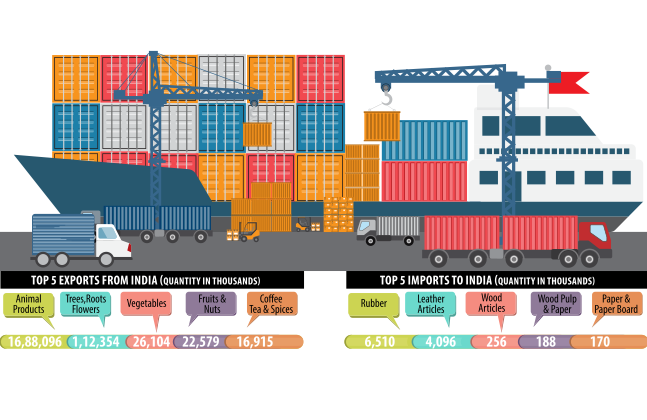[vc_row][vc_column][vc_column_text]
Imports are growing and the primary port in Male’ has reached its maximum capacity. Thus the focus is on expanding port capacity, including transhipment and developing warehousing and SEZs
With a steady economic growth of about 7 per cent per annum in the last two decades, the Republic Of Maldives is one of the fastest growing economies in South Asia. The island nation largely known for its tourism industry and service industries such as construction, shipping, telecommunication, aviation and banking. The country has a GDP of $2,292 million. Its exports are worth $167 million. The country has initiated enacting of a SEZ Act to facilitate special economic incentives and a flexible regulatory environment for mega investment projects. The country’s strategic geographical location at the heart of the Indian Ocean, at the crossroads between East and West is one of the key contributors to the maritime trade in the region. Maldives Ports Ltd manages and operates all ports in the country. Male is the major sea port for the country, and Male’ Commercial Harbour handles all varieties of cargo vessels at the berth except dry bulk, liquefied petroleum and gases. It also has facility to handle cargo at anchorage using barge operation. Most of the container ships are handled at alongside berth. Tanker terminal is available at Funadhoo and Thilafushi Island, and tankers are also handled at anchorage along with ship-to-ship transfer facility. LPG and LNG handling facilities are available at Thilafushi Island. Port sector is one of the strategic sectors in which the government intends to attract investment as the country’s primary port Maldives Port in Male’ has already reached its maximum capacity utilization. Hence, the government intends investment in Thilafushi Port development as a new expanded Port for the Maldives and the Male’ region. With existing economic growth rates, inbound cargo is expected to grow at an annual average rate of 16 per cent, reaching 1.9 million tonnes by the year 2032. Petroleum products are the largest imports accounting for about 30 per cent of its total imports. Hence, oil and gas exploration are one of the areas where Maldives is encouraging investment and partnerships. Apart from which, Ihavanddhippolhu Integrated Development Project (iHavan), which includes development of Transhipment Port, Airport Development, Warehousing and Export Processing Zones, and a Cruise hub, among others is another key strategic investment projects for the country. India and the Indian Ocean archipelago have a total trade of $208 million in FY 2016-17, with a Y-o-Y growth of about 14 per cent. India and Maldives signed a trade agreement in 1981, which provides for export of essential commodities. Bilateral trade between the two countries stands at `700 crores.
[/vc_column_text][/vc_column][/vc_row]







